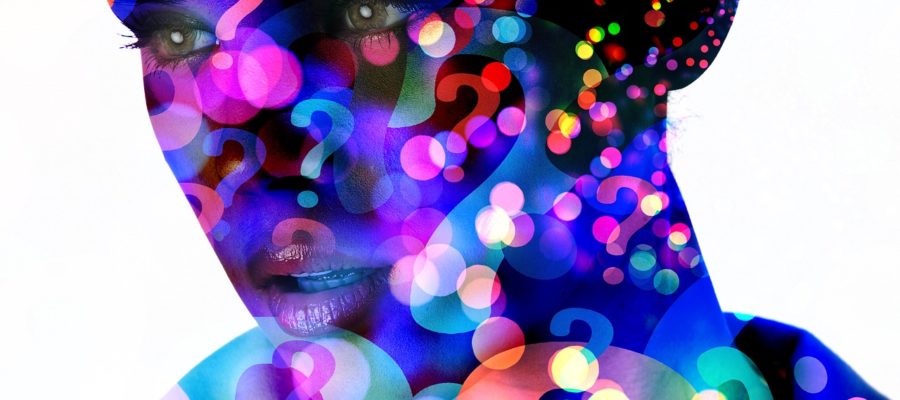My great aunt sat next to me in the back seat of the hearse. She dug a well-manicured thumbnail into the filter of her cigarette and said, “They should just go ahead and put me in the ground with her.”
I looked out the window. I didn’t know what to say. Mom broke the silence, “I can’t believe my mom is in the back of this car in a box!”
It was 1991, and the trees in Mount Zion Park Cemetery had begun dropping their spectacular autumn leaves. I watched them swirl and fall as we pulled away. I began to worry that I’d forget the details of Grandma’s sweet face and voice.
Back at the house, I ducked into the bedroom—the bedroom where she had died. I sat on the edge of the bed and looked around the room. I touched the pillowcase, crisp from drying on the clothesline. I saw myself many years ago with my sister when we were probably 7 and 8 years old, running through sheets, billowing on the line, while Grandma pinned up socks, shirts, and pants.
I finally let myself cry.
This was my first experience with death, and I wanted no part of it. I rummaged through my bag and took out a book I had brought along to pass the time on the long drive from Highlands to Dayton. I hadn’t even opened it once, but there in her room, I fell into it, relieved for the distraction.
This book would come to have an enormous influence and impact on my life. It would change how I envisioned my future and would ultimately lead me away from my life in London’s publishing world and back to the mountains of North Carolina.
What Color Is Your Parachute? was my first self-help book, and I devoured every page and completed each exercise in it during my stay in Dayton. I jotted down notes in my prized leather Filofax, purchased at the stationer in Hampstead Heath. By week’s end, I understood the essence of what brought me the most joy and had what I truly wanted in my life all mapped out.

In six months, I would be on a plane back to America and all of my belongings would be in a shipping container on the Atlantic Ocean, heading west.I became fixated on self-help and self-improvement. If I could get such a depth of understanding and direction from one book, what else was possible?CUE THE SLIPPERY SLOPE STAGE LEFT.
Of course, this reinforced my desire to dive even deeper. Saddle up for a long ride on the self-improvement horse.
Dig, dig, dig. Reflect, reflect, reflect. Heal. Manifest. Create. All of which are positive and healthy activities.
That is, until the once-innocent pursuit transformed into something else—a subtle, gnawing way of thinking rooted in the belief that there is something about me that needs fixing.
And if you lift that rock, something creepy crawls out from underneath it. A lizard brain thought that there’s something inherently wrong with me.
Like all great paradoxes, the never-ending, self-improvement quest has positive elements to it. After all, you do reap benefits and healthy change. Visible results. Goals reached.
But is all that reaching toward something just a well-packaged denial of the tenor chord understanding that we are mortal and flawed (and we are not okay with either)? What if we chose to believe instead we are already whole, already enough, already just fine, and already loved unconditionally?
We can have a balance of joyful becoming while we love ourselves wholeheartedly right here, right now. We can stretch ourselves from the confines of our comfort zones while knowing the new destination is a playful journey, not an effort to wring out flaws. We can find that state of flow that lands when we create right at the edge of what feels too hard without white-knuckling effort.
We can believe, maybe for the first time, our worth came along with our first breath, unearned. Delivered instead with divine and perfect love.










